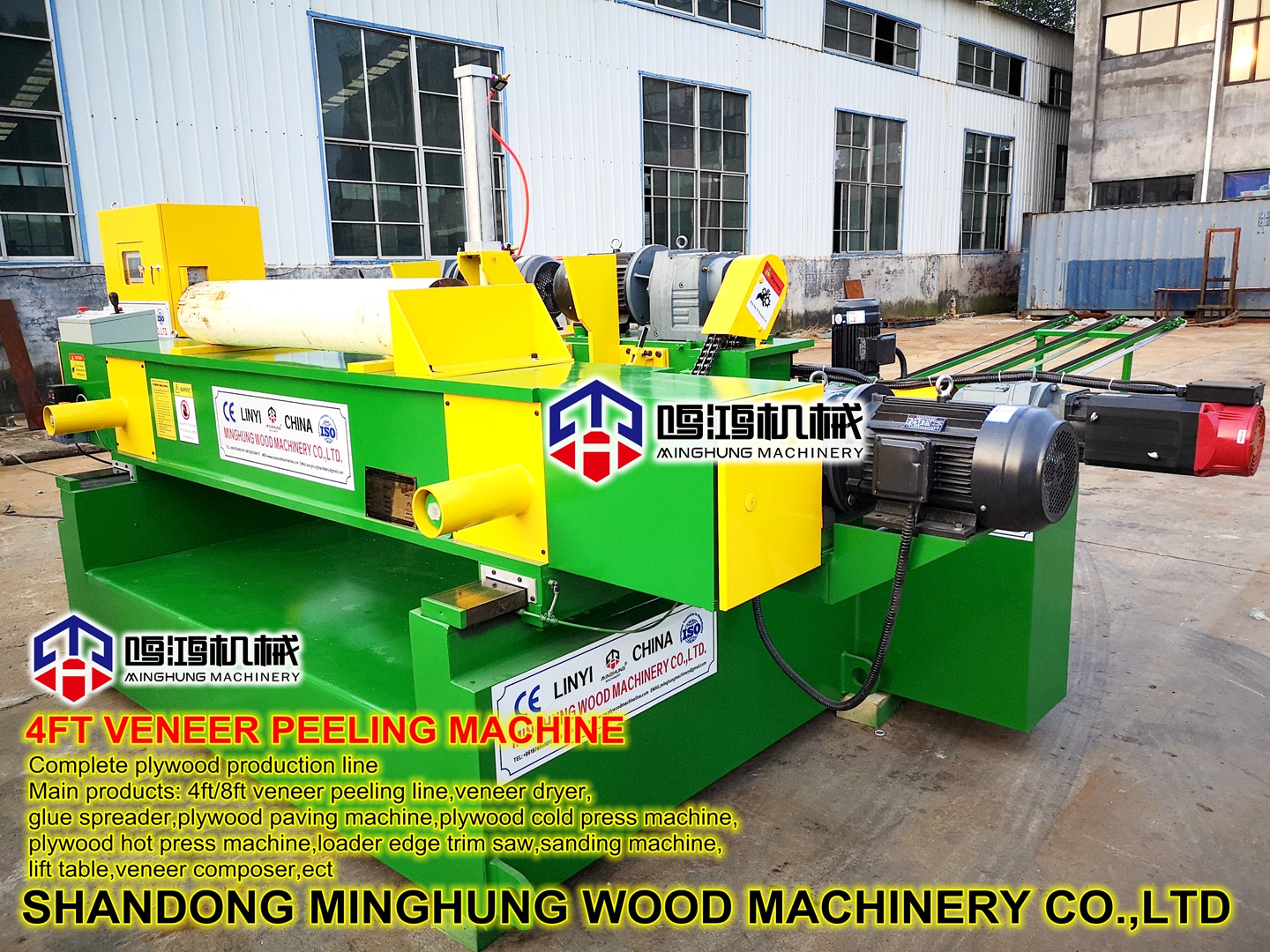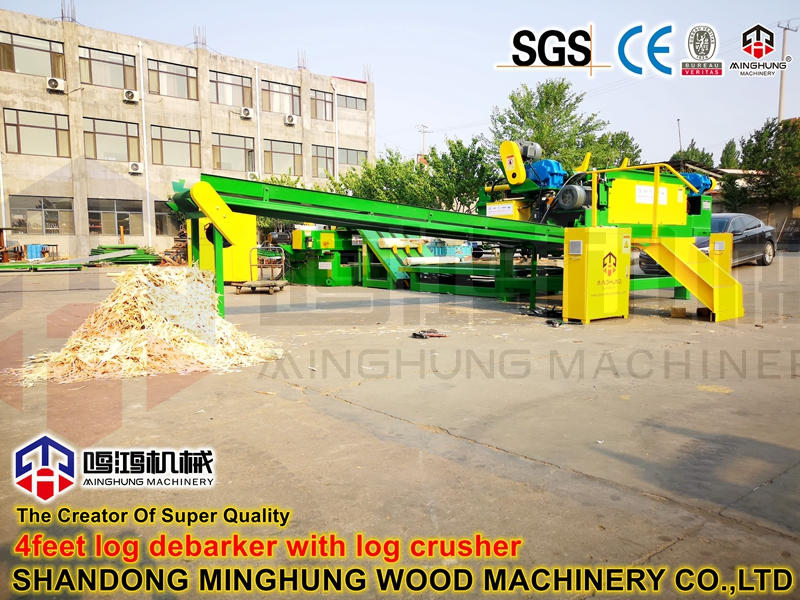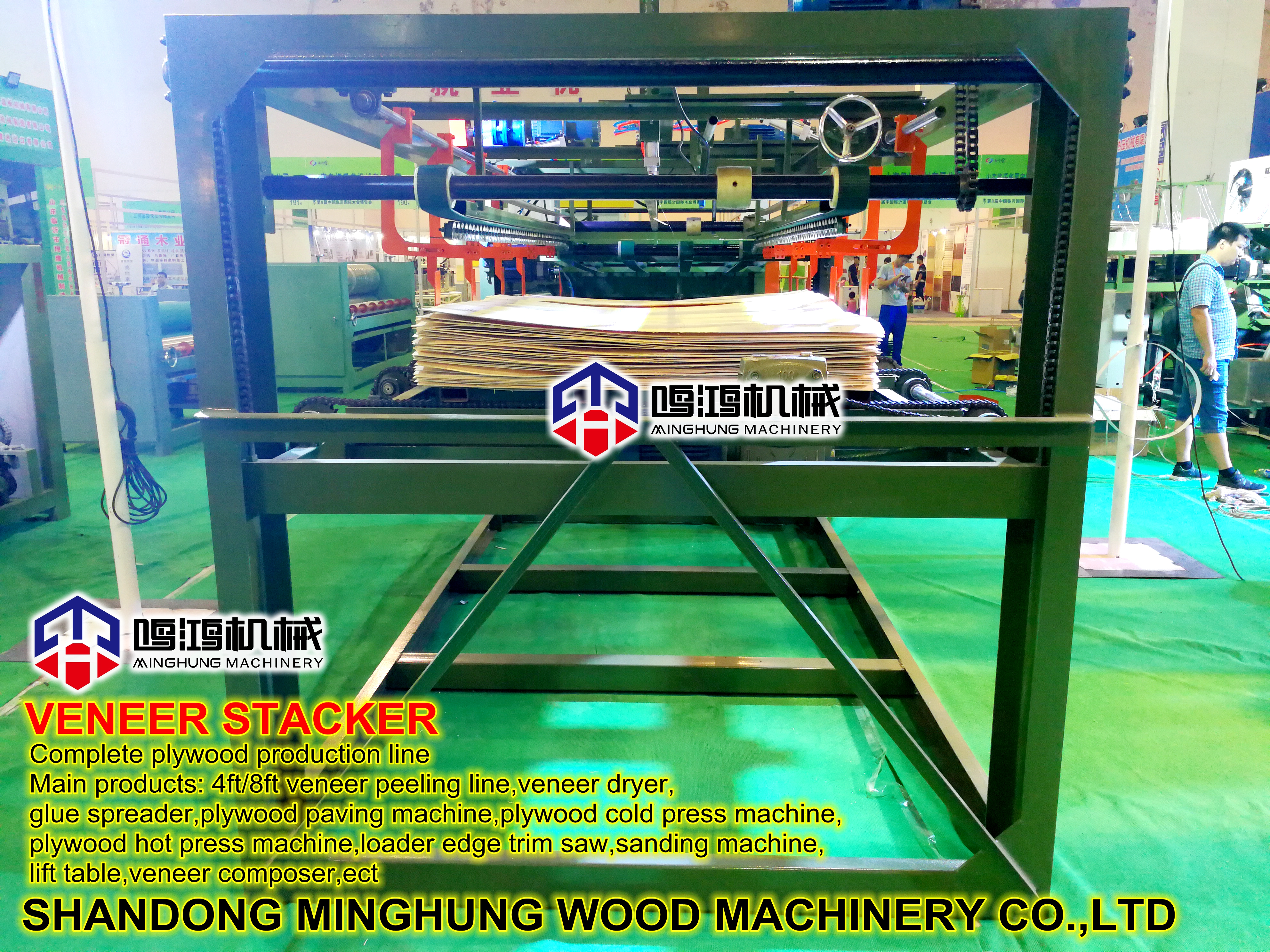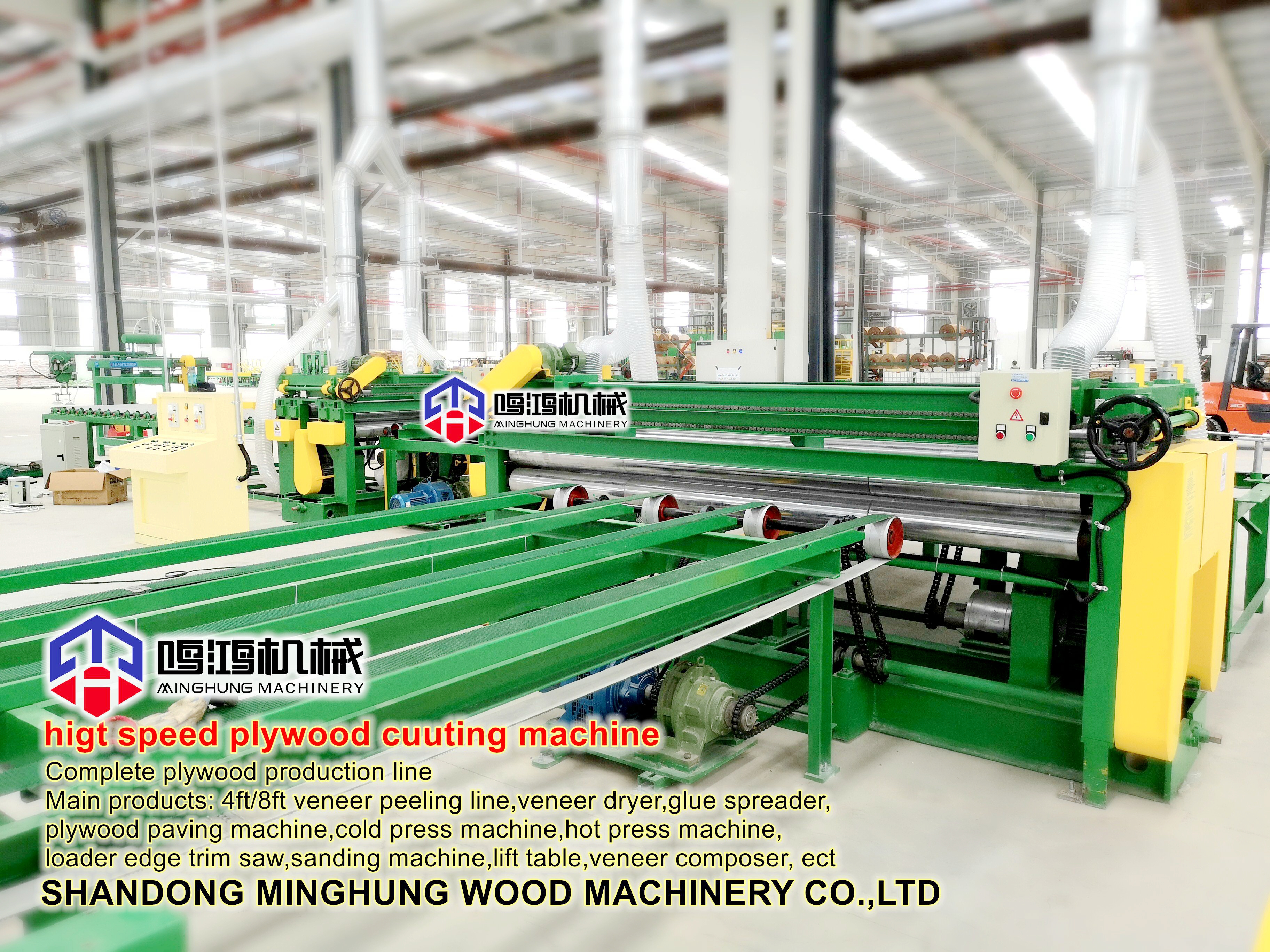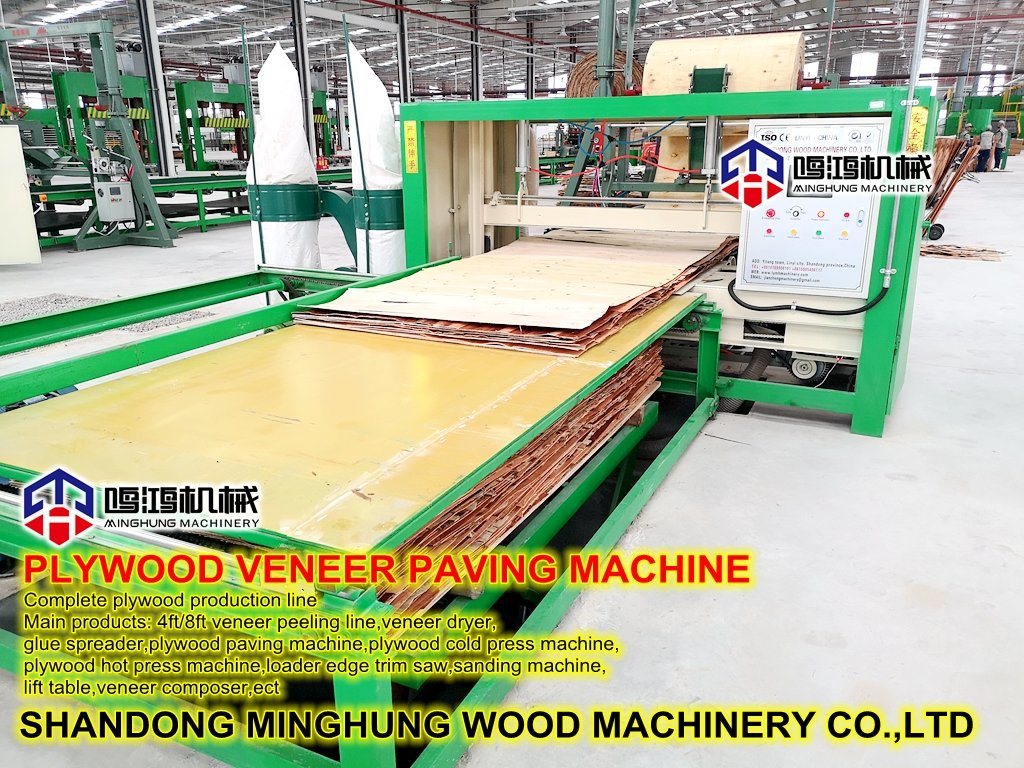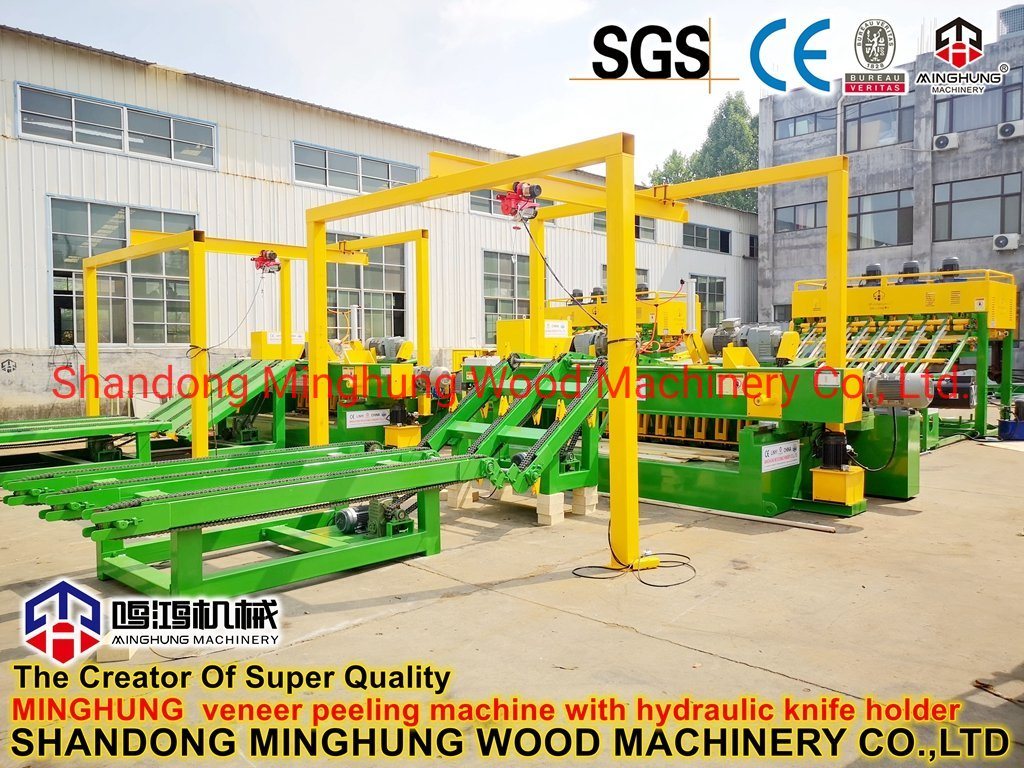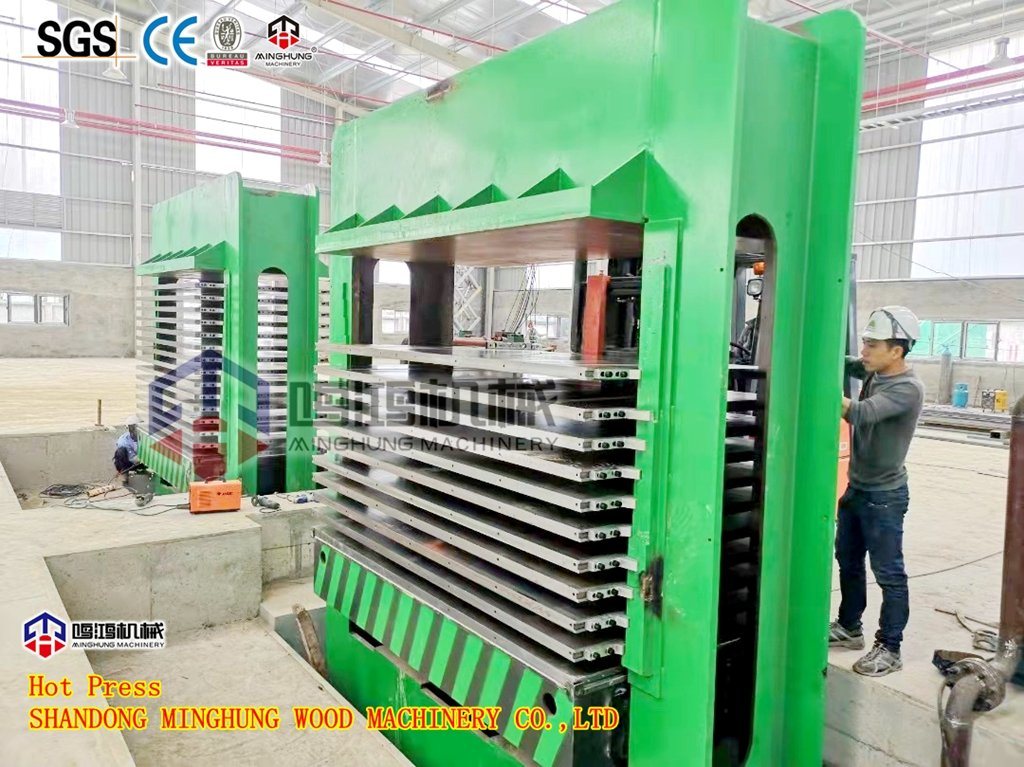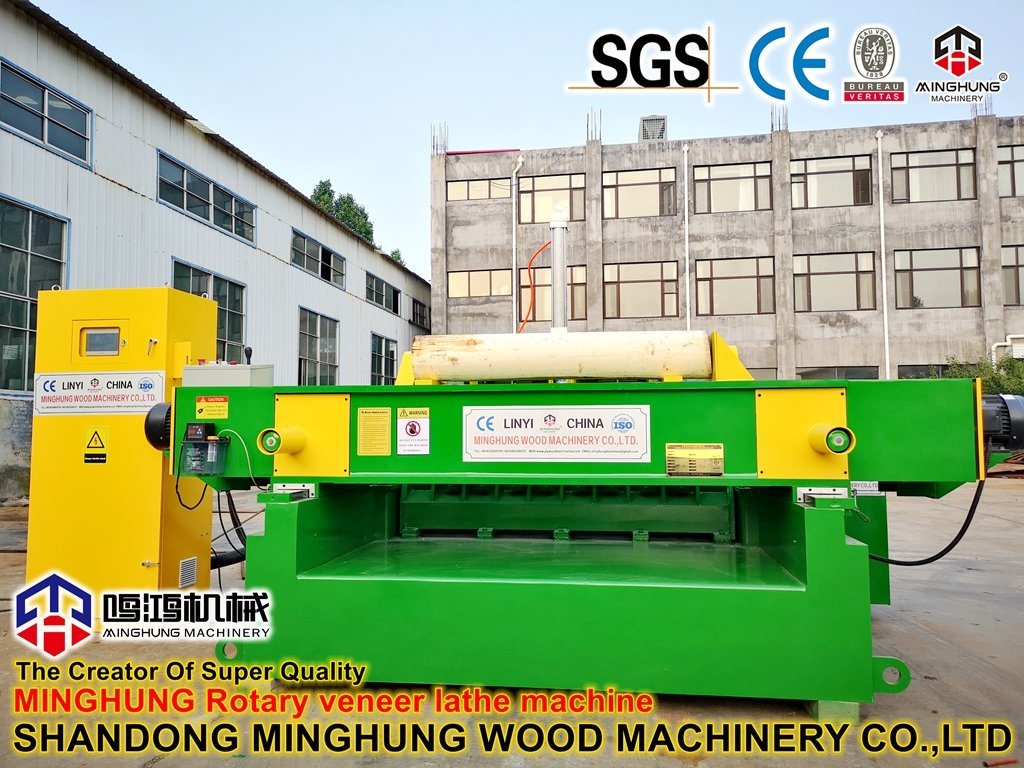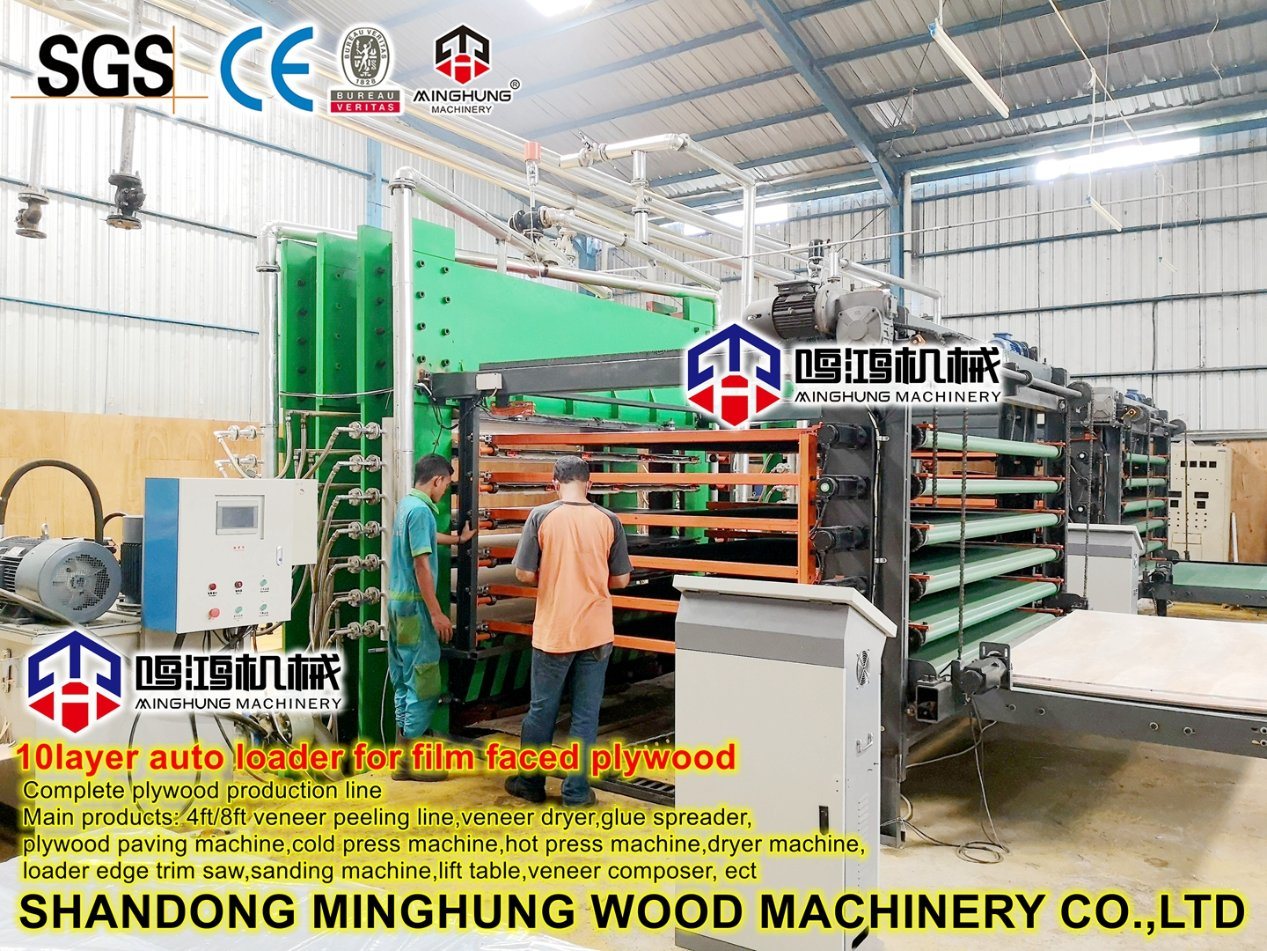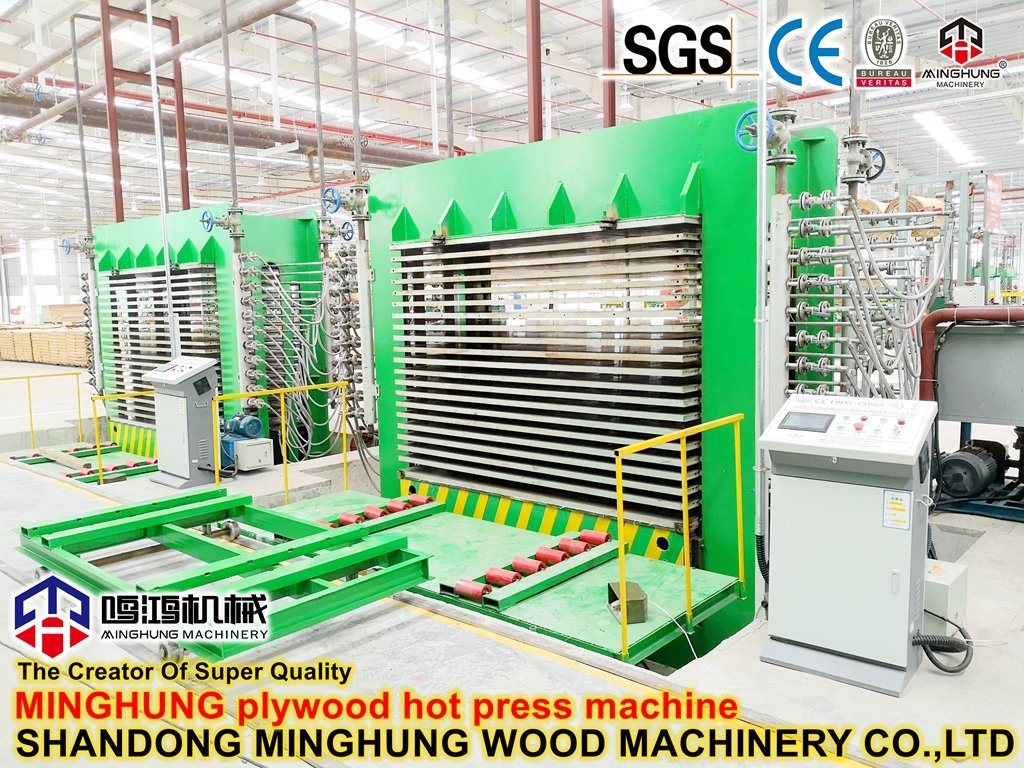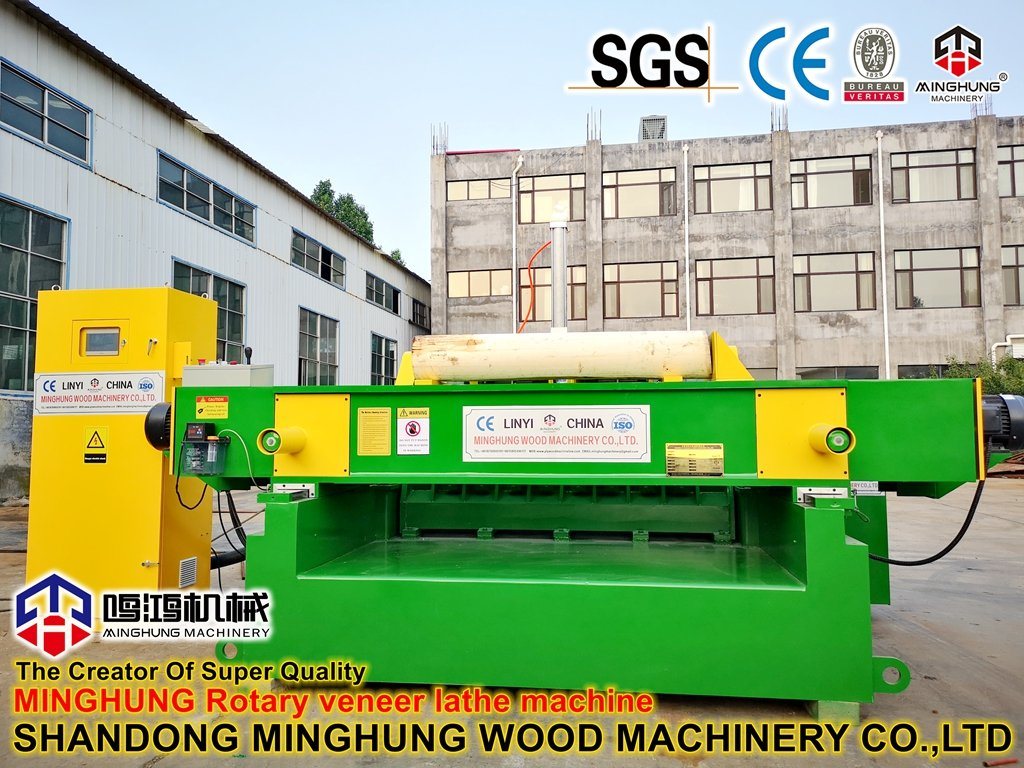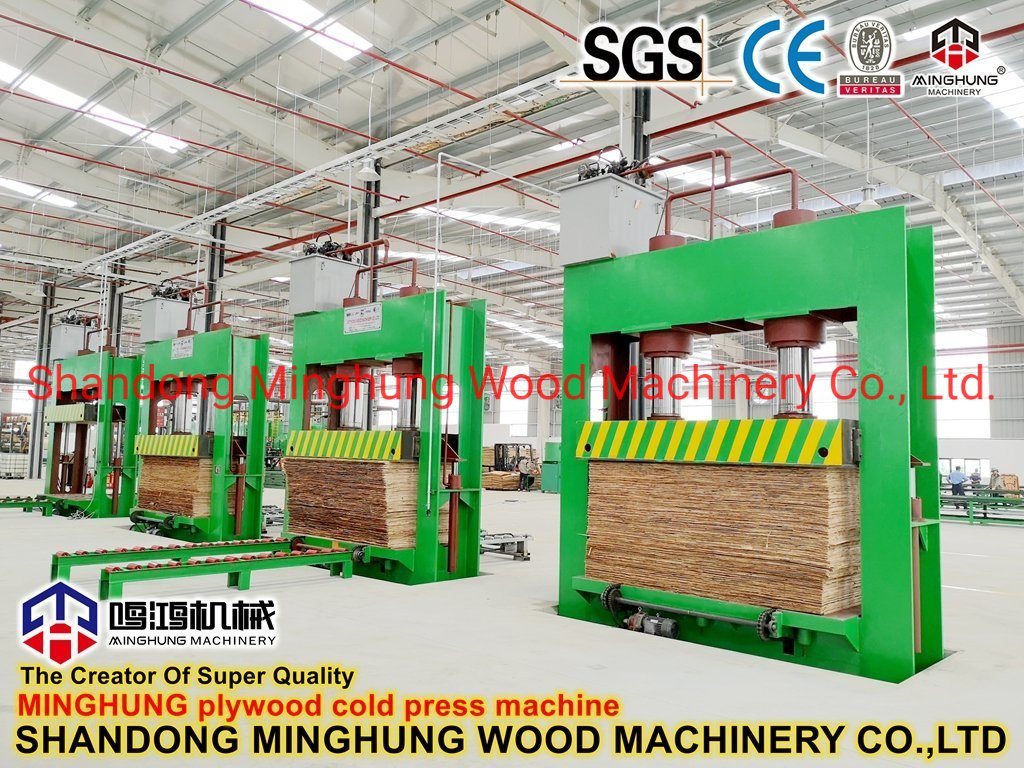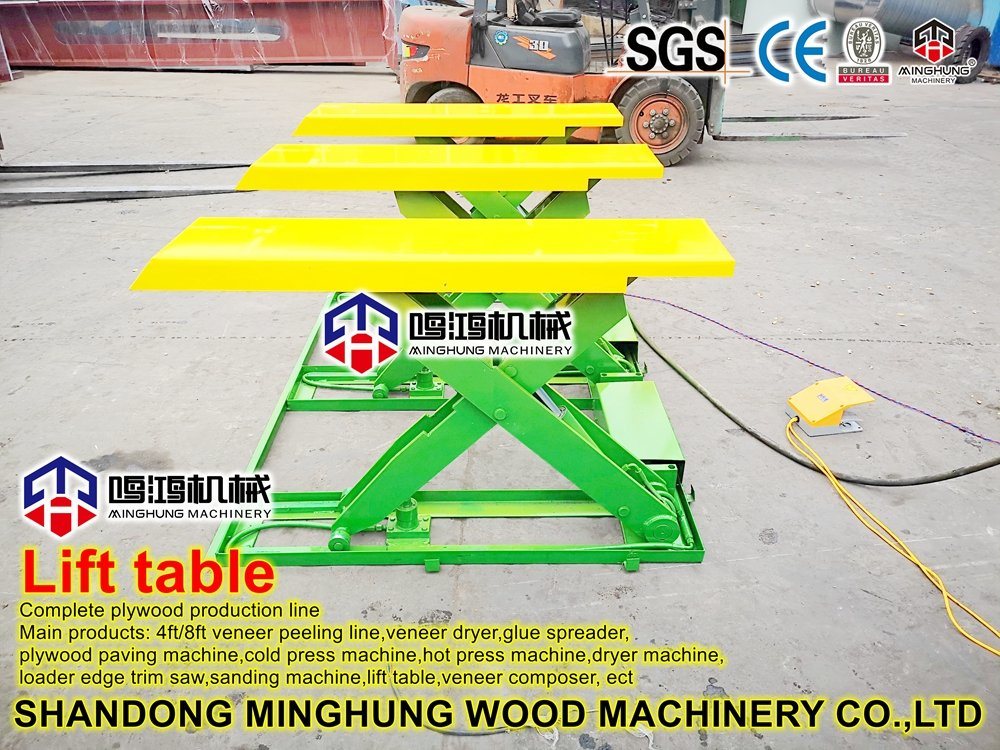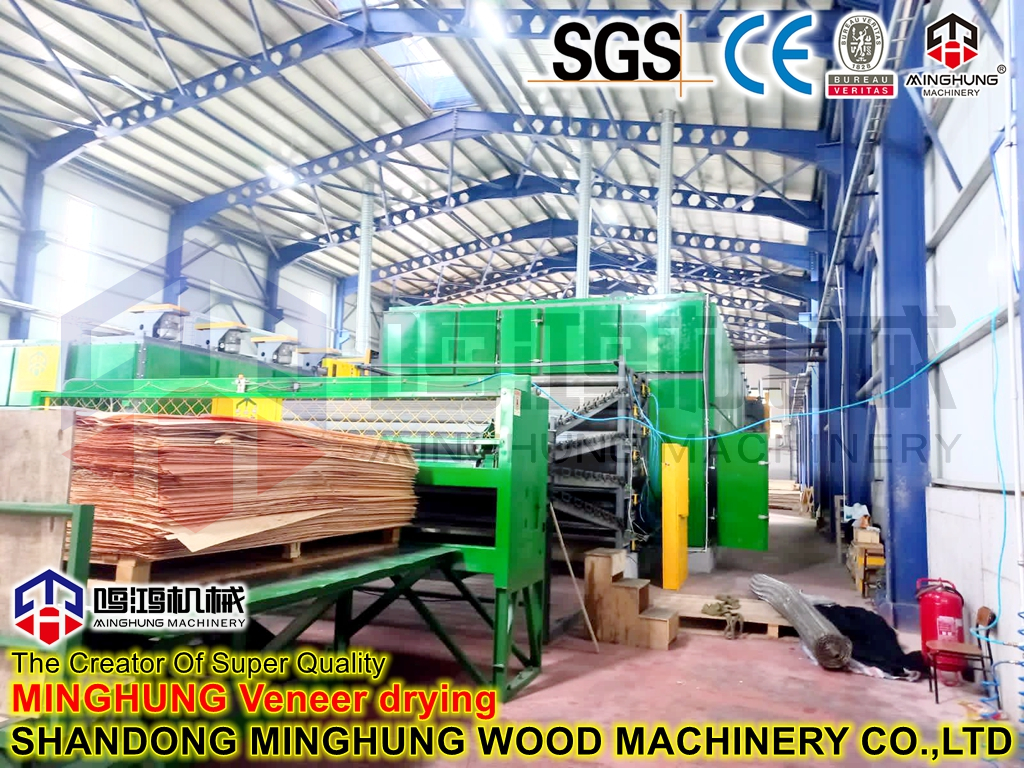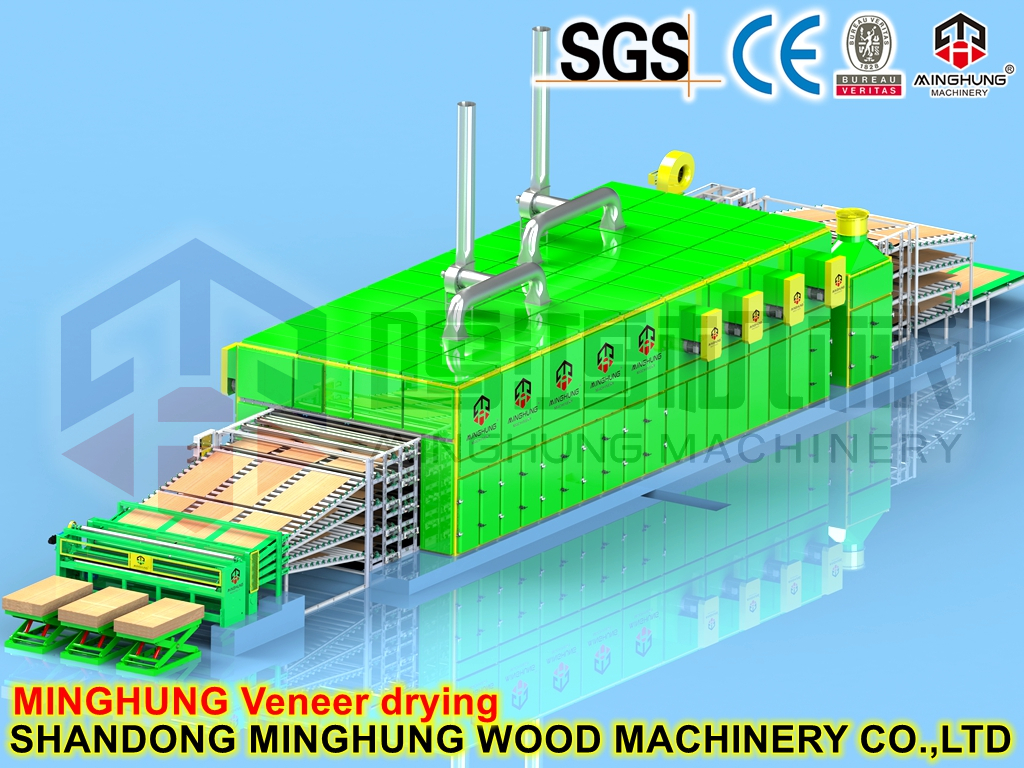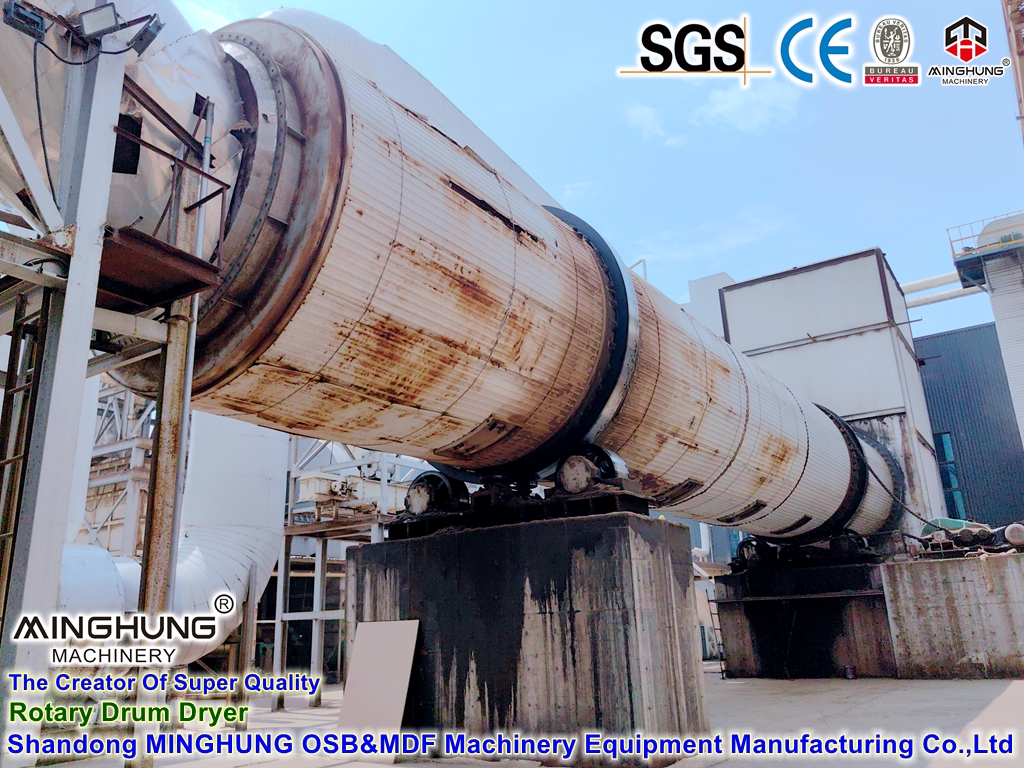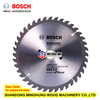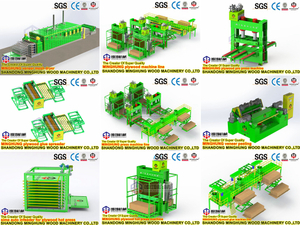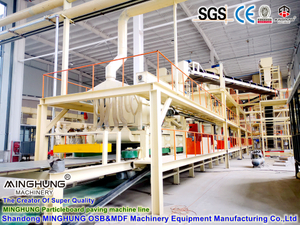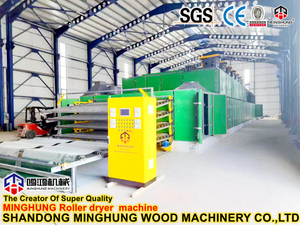Saw blade is a general term for thin slice circular knives used to cut solid materials. Saw blades can be divided into: diamond saw blades for stone cutting; high-speed steel saw blades for metal material cutting (without inlaid carbide heads); for solid wood, furniture, wood-based panels, aluminum alloys, aluminum profiles , radiator, plastic, plastic steel and other cutting carbide saw blades.
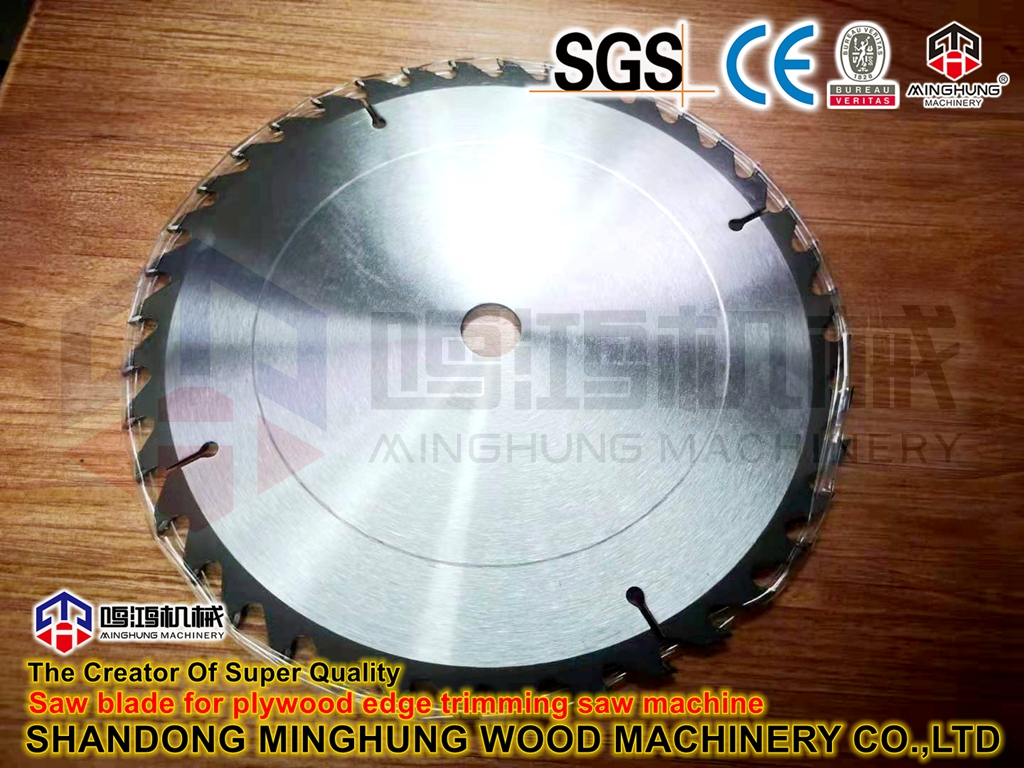
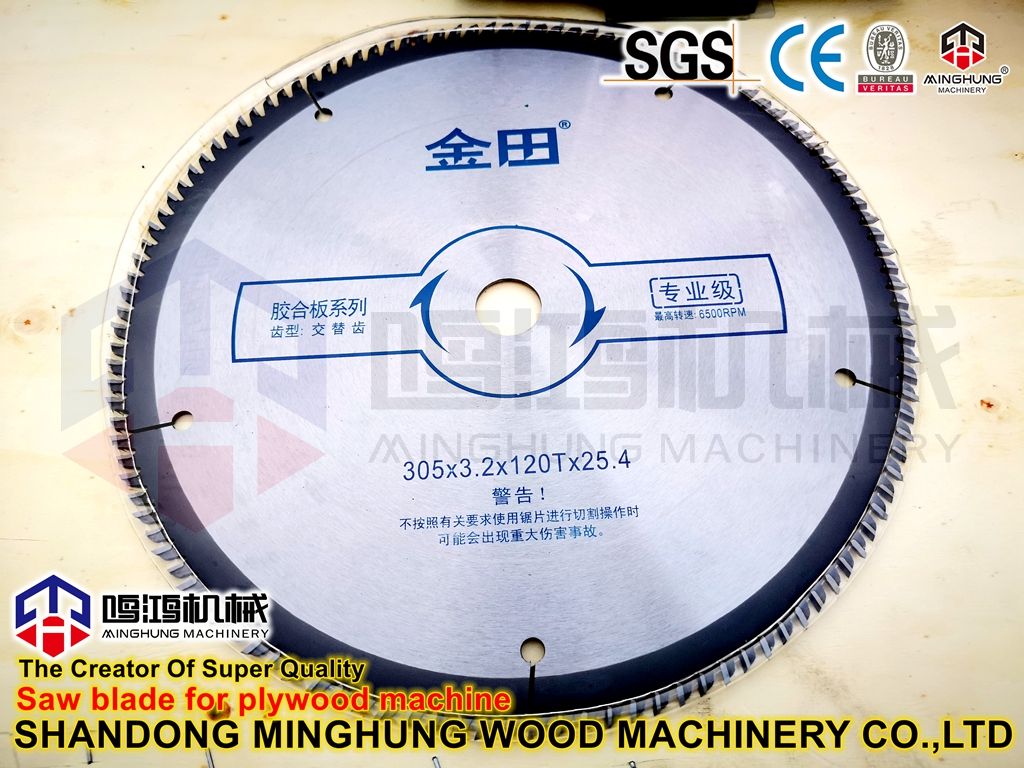
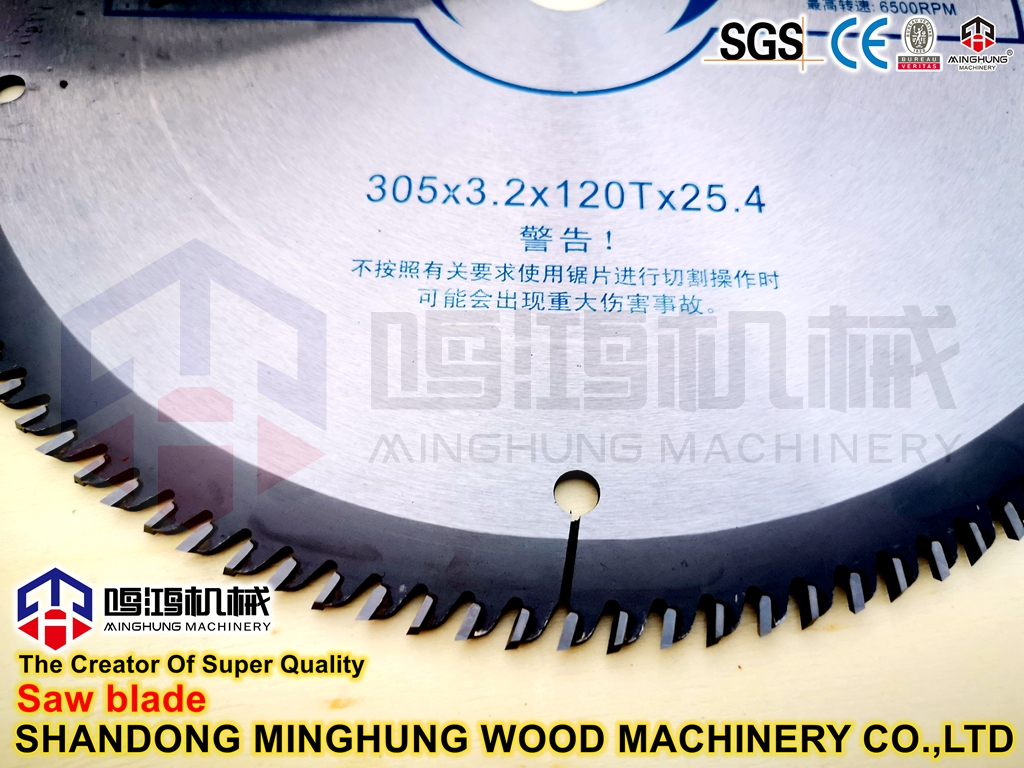
Carbide Edit Broadcast
Carbide saw blades include many parameters such as the type of alloy cutter head, the material of the base body, diameter, number of teeth, thickness, tooth shape, angle, aperture, etc. These parameters determine the processing capacity and cutting performance of the saw blade. When choosing a saw blade, it is necessary to correctly select the saw blade according to the type, thickness, sawing speed, sawing direction, feeding speed and sawing width of the sawing material.
(1) Selection of cemented carbide types Commonly used cemented carbide types are tungsten-cobalt (code YG) and tungsten-titanium (code YT). Due to the good impact resistance of tungsten and cobalt carbides, they are more widely used in the wood processing industry. The models commonly used in wood processing are YG8-YG15. The numbers after YG indicate the percentage of cobalt content. With the increase of cobalt content, the impact toughness and flexural strength of the alloy are improved, but the hardness and wear resistance are decreased. Choose according to the actual situation.
(2) The choice of substrate
⒈65Mn spring steel has good elasticity and plasticity, economical material, good hardenability in heat treatment, low heating temperature, easy deformation, and can be used for saw blades with low cutting requirements.
⒉ Carbon tool steel has high carbon content and high thermal conductivity, but its hardness and wear resistance drop sharply when subjected to a temperature of 200 ℃-250 ℃, the heat treatment deformation is large, the hardenability is poor, and the tempering time is long and easy to crack. Manufacture economical materials for cutting tools such as T8A, T10A, T12A, etc.
⒊ Compared with carbon tool steel, alloy tool steel has good heat resistance, wear resistance, and better handling performance.
⒋ High-speed tool steel has good hardenability, strong hardness and rigidity, and less heat-resistant deformation. It is an ultra-high-strength steel with stable thermoplasticity and is suitable for manufacturing high-grade ultra-thin saw blades.
(3) Selection of diameter The diameter of the saw blade is related to the sawing equipment used and the thickness of the sawing workpiece. The diameter of the saw blade is small, and the cutting speed is relatively low; the larger the diameter of the saw blade, the higher the requirements for the saw blade and the sawing equipment, and the higher the sawing efficiency. The outer diameter of the saw blade is selected according to different circular saw models and the saw blade with the same diameter is used. The diameters of standard parts are: 110MM (4 inches), 150MM (6 inches), 180MM (7 inches), 200MM (8 inches), 230MM (9 inches), 20MM (10 inches), 300MM (12 inches), 350MM ( 14 inches), 400MM (16 inches), 450MM (18 inches), 500MM (20 inches), etc., the bottom groove saw blades of the precision panel saw are mostly designed to be 120MM.
(4) Selection of the number of teeth The number of teeth of the saw teeth. Generally speaking, the more teeth, the more cutting edges can be cut in a unit time, and the better the cutting performance is. High, but the sawtooth is too dense, the chip capacity between the teeth becomes smaller, and it is easy to cause the saw blade to heat up; in addition, if the sawtooth is too many, if the feed rate is not matched properly, the cutting amount of each tooth is very small, which will aggravate the friction between the cutting edge and the workpiece. , affecting the service life of the blade. Usually the tooth spacing is 15-25mm, and a reasonable number of teeth should be selected according to the material to be sawed.
(5) Selection of thickness The thickness of the saw blade In theory, we hope that the thinner the saw blade, the better, and the saw seam is actually a kind of consumption. The material of the alloy saw blade base and the manufacturing process of the saw blade determine the thickness of the saw blade. If the thickness is too thin, the saw blade is easy to shake when working, which affects the cutting effect. When choosing the thickness of the saw blade, the stability of the saw blade and the material to be sawed should be considered. The thickness required for some special-purpose materials is also specific, and should be used according to the requirements of the equipment, such as slotting saw blades, scribing saw blades, etc.
(6) Selection of tooth shape Commonly used tooth shapes include left and right teeth (alternate teeth), flat teeth, trapezoidal flat teeth (high and low teeth), inverted trapezoidal teeth (inverted conical teeth), dovetail teeth (hump teeth), and Common industrial grade three left and one right, left and right flat teeth and so on.
⒈ The left and right teeth are the most widely used, the cutting speed is fast, and the grinding is relatively simple. It is suitable for cutting and cross sawing various soft and hard solid wood profiles and MDF, multi-layer boards, particle boards, etc. The left and right teeth equipped with anti-rebound force protection teeth are dovetail teeth, which are suitable for longitudinally cutting various boards with tree knots; the left and right teeth saw blades with negative rake angle are usually used for sticking due to sharp teeth and good sawing quality. Sawing of panels.
⒉ The flat tooth saw edge is rough, the cutting speed is slow, and the grinding is the easiest. It is mainly used for sawing of common wood, and the cost is low. It is mostly used for aluminum saw blades with smaller diameters to reduce adhesion during cutting, or for grooving saw blades to keep the bottom of the groove flat.
⒊ Ladder flat tooth is a combination of trapezoidal tooth and flat tooth. Grinding is more complicated. When sawing, it can reduce the phenomenon of veneer cracking. It is suitable for sawing of various single and double veneer wood-based panels and fireproof panels. In order to prevent sticking of aluminum saw blades, saw blades with a large number of flat teeth are often used.
⒋ Inverted ladder teeth are often used in the bottom groove saw blade of panel saw. When sawing double veneer wood-based panels, the groove saw adjusts the thickness to complete the grooving process of the bottom surface, and then the main saw completes the sawing process of the board to prevent The saw edge is chipped.
5. An example picture of the tooth shape is as follows:
(1) Alternate left and right tooth shape (2) Ladder flat tooth Ladder flat tooth (3) Dovetail tooth anti-rebound dovetail tooth (4) Flat tooth, inverted ladder tooth and other tooth shapes ⒌ Helical tooth shape, left and right middle tooth
To sum up, the left and right teeth should be selected for sawing solid wood, particleboard and medium density board, which can sharply cut the wood fiber structure and make the incision smooth; in order to keep the groove bottom flat, the flat tooth profile or the left and right flat teeth should be used. Combination teeth; Ladder flat teeth are generally selected for sawing veneer and fireproof board. Due to the large sawing rate, the diameter and thickness of the alloy saw blade used in the computer sizing saw are relatively large, with a diameter of about 350-450mm and a thickness of 4.0-4.8 Between mm, most of the flat teeth are used to reduce chipping and saw marks.
(7) Selection of sawtooth angle The angle parameters of the sawtooth part are more complicated and most professional, and the correct selection of the angle parameters of the saw blade is the key to determining the quality of sawing. The most important angle parameters are the front angle, rear angle and wedge angle. The rake angle mainly affects the force expended to saw the wood chips. The larger the rake angle, the better the cutting sharpness of the sawtooth, the lighter the sawing, and the more labor-saving it is to push the material. Generally, when the material to be processed is soft, a larger rake angle is selected, otherwise, a smaller rake angle is selected. The angle of the serration is the position of the serration when cutting. The angle of the saw teeth affects the performance of the cut. The biggest influence on cutting is the rake angle γ, the clearance angle α, and the wedge angle β. The rake angle γ is the cutting angle of the sawtooth. The larger the rake angle, the faster the cutting, and the rake angle is generally between 10-15 °C. The clearance angle is the angle between the sawtooth and the machined surface. Its function is to prevent the sawtooth from rubbing against the machined surface. The larger the clearance angle, the smaller the friction and the smoother the processed product. The relief angle of the carbide saw blade is generally 15°C. The wedge angle is derived from the front and back angles. But the wedge angle should not be too small, it plays the role of maintaining the strength, heat dissipation and durability of the teeth. The sum of the front angle γ, the rear angle α, and the wedge angle β is equal to 90°C.
(8) Selection of Aperture Aperture is a relatively simple parameter, which is mainly selected according to the requirements of the equipment, but in order to maintain the stability of the saw blade, it is better to use a larger diameter equipment for the saw blade above 250MM. The diameter of the standard parts designed in China is mostly 20MM holes with diameters of 120MM and below, 25.4MM holes with diameters of 120-230MM, and 30 holes with diameters above 250. Some imported equipment also has 15.875MM holes. The mechanical hole diameter of multi-blade saws is relatively complex. More keyways are provided to ensure stability. Regardless of the size of the aperture, it can be transformed by a lathe or a wire cutting machine. The lathe can be turned into a large aperture, and the wire cutting machine can ream the hole as required by the equipment. A series of parameters such as the type of alloy cutter head, the material of the base body, diameter, number of teeth, thickness, tooth shape, angle, and aperture are combined to form the whole of the carbide saw blade. Only reasonable selection and matching can make better use of its advantages.
Category Edit Broadcast
material
High-speed steel saw blades (HSS saw blades), solid carbide saw blades, tungsten steel saw blades, toothed alloy saw blades, diamond saw blades, etc.
Application
Milling cutter saw blade, machine saw blade, manual saw blade, metal special saw blade (aluminum industry saw blade, copper cutting saw blade, stainless steel saw blade, etc.), pipe cutting circular saw blade, wood saw blade, stone saw blade, Cut acrylic saw blades, etc.
surface coating
White steel saw blade (natural color), nitride saw blade (black), titanium-plated saw blade (gold), chrome nitride (color), etc.
other
Cutting saw blades, cut-off saw blades, grooving saw blades, kerf saw blades, integral saw blades, insert saw blades, ultra-thin saw blades
How to edit broadcast
basic requirements
⒈ Select the appropriate saw blade according to the design requirements of the equipment.
⒉ Equipped with equipment should be equipped with safety protection devices, such as: protective cover, power-off brake, overload protection.
⒊ There are professional operators to install and use, and wear labor clothes, protective glasses, earmuffs, etc.
⒋ Operators should not wear gloves, long hair should be placed in a work cap, and pay attention to ties and cuffs to prevent danger.
⒌ Keep away from fire and humid environment.
Installation requirements
⒈The equipment is in good condition, the main shaft has no deformation, no radial jump, the installation is firm, and there is no vibration.
⒉ Check whether the saw blade is damaged, whether the tooth shape is complete, whether the saw blade is smooth and clean, and whether there are other abnormal phenomena to ensure safe use.
3. When assembling, make sure that the arrow direction of the saw blade is consistent with the rotation direction of the main shaft of the equipment.
⒋When installing the saw blade, keep the axis, chuck and flange clean, the inner diameter of the flange is the same as the inner diameter of the saw blade, ensure that the flange and the saw blade are tightly combined, install the positioning pin, and tighten the nut. The size of the flange should be appropriate, and the outer diameter should not be less than 1/3 of the diameter of the saw blade.
⒌Before starting the equipment, under the condition of ensuring safety, there is a single person to operate the equipment, jog idling, check whether the equipment steering is correct, whether there is vibration, and the saw blade will idle for a few minutes after being installed, and it will work normally after no slipping, swinging or jumping. .
Requirements
⒈ When working, the workpiece should be fixed, and the profile positioning should conform to the direction of the knife to avoid abnormal cutting. Do not apply side pressure or curve cutting. Fly out, an accident occurs.
⒉ During work, when abnormal sound and vibration, rough cutting surface, or peculiar smell are found, the operation must be terminated immediately, and the inspection must be carried out in time to eliminate the failure to avoid accidents.
3. When starting and stopping cutting, do not feed too fast to avoid broken teeth and damage.
⒋ If cutting aluminum alloy or other metals, special cooling lubricant should be used to prevent the saw blade from overheating, causing tooth paste, and other damage, which will affect the cutting quality.
⒌The chip removal groove and slag suction device of the equipment ensure smooth flow to prevent the slag from accumulating and affecting production and safety.
⒍When dry cutting, please do not cut continuously for a long time, so as not to affect the service life and cutting effect of the saw blade; for wet cutting, water cutting should be added to prevent leakage.
Saw blade maintenance
⒈ If the saw blade is not used immediately, it should be placed flat or suspended by the inner hole. No other items or foot steps can be stacked on the flat saw blade, and attention should be paid to preventing moisture and rust.
⒉ When the saw blade is no longer sharp and the cutting surface is rough, it must be re-grinded in time. Grinding can not change the original angle, and destroy the dynamic balance.
⒊ Correction of the inner diameter of the saw blade, processing of positioning holes, etc., must be carried out by the manufacturer. If the processing is not good, it will affect the use effect of the product and may be dangerous. In principle, the reaming should not exceed the original diameter of 20mm, so as not to affect the balance of stress.
⒋ The choice of alloy grinding wheel.
1) The resin bond diamond grinding wheel has weak bonding strength, so it has good self-sharpening during grinding, is not easy to block, has high grinding efficiency, less grinding force, and low grinding temperature. The disadvantages are poor wear resistance and abrasive tool wear. Large, not suitable for heavy-duty grinding.
2) Vitrified bond diamond grinding wheel has better wear resistance and bonding ability than resin bond, sharp cutting, high grinding efficiency, not easy to heat and block, less thermal expansion, easy to control the accuracy, the disadvantage is that the grinding surface is rough and the cost is high .
3) The metal bond diamond grinding wheel has high bonding strength, good wear resistance, low wear, long life, low grinding cost, and can withstand large loads, but it has poor sharpness and is easy to block.
4) The abrasive particle size has a certain influence on the blockage of the grinding wheel and the cutting amount. Compared with the fine sand grains, the abrasive grains with larger cutting depths have greater cutting edge wear, and on the contrary, the grinding wheels are easy to be blocked.
5) The hardness of the grinding wheel has a great influence on the blockage. The high hardness of the grinding wheel has a high thermal conductivity, which is not conducive to surface heat dissipation, but is conducive to improving the machining accuracy and durability.
6) The selection of grinding wheel concentration is an important feature, which has a great impact on grinding efficiency and processing cost. Too low concentration will affect the efficiency. Otherwise, the abrasive grains are easy to fall off, but the optimal binder concentration range is also the best.

